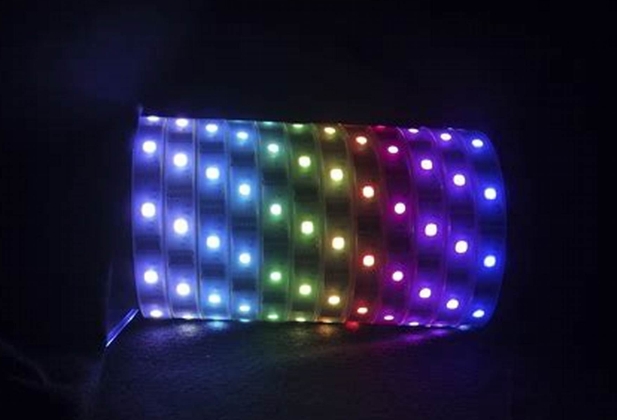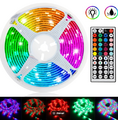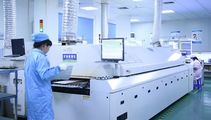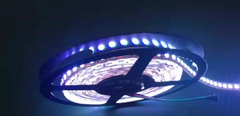How Do LED Strip Light Factories Handle Bulk Orders?
Streamlined Production Processes
To efficiently manage bulk orders, LED Strip Light factories have honed their production lines to operate at peak efficiency. Using state-of-the-art automation technology, these factories can produce thousands of meters of LED strip lights daily. For example, advanced factories equipped with automated SMT (Surface Mount Technology) machines can place and solder up to 100,000 components per hour. This high-speed manufacturing capability ensures that large orders can be completed within tight deadlines, meeting the demands of large-scale projects without sacrificing quality.
Advanced Planning and Inventory Management
Effective inventory management is crucial for handling bulk orders. Factories typically keep a substantial stock of raw materials like LEDs, resistors, and flexible PCBs to avoid delays. They employ sophisticated ERP (Enterprise Resource Planning) systems to track and manage these materials. This technology not only forecasts the need based on incoming orders but also aligns production schedules to optimize throughput. By maintaining an optimal inventory level, factories can initiate production cycles immediately upon receiving bulk orders, thus reducing lead times.
Dedicated Account Management
Handling bulk orders also involves personalized customer service. When a client places a large order, they are often assigned a dedicated account manager. This professional acts as the primary point of contact, guiding the client through each step of the process, from order placement to final delivery. This tailored approach ensures that all specific requirements, such as custom lengths, colors, or additional features like waterproof coatings, are accurately communicated and implemented.

Quality Assurance at Scale
Maintaining product quality while managing large volumes is a challenge that LED strip light manufacturers meet head-on. Quality control is integrated into every stage of the production process. Factories conduct multiple tests, including electrical, thermal, and photometric testing, to ensure that every batch of LED strip lights meets stringent standards. Additionally, random sampling and end-of-line testing are standard practices to guarantee that the high-volume production does not compromise the integrity and performance of the LED strips.
Logistics and Fulfillment
Efficient logistics are vital for the timely delivery of bulk orders. Manufacturers often work with trusted logistics partners to manage the distribution of large orders across different geographies. Some factories also offer drop-shipping services directly to third-party locations, facilitating a smoother supply chain process. This is particularly beneficial for international clients, as it minimizes the complexities associated with global shipping and customs clearance.
Scalable Manufacturing Capacity
LED strip light factories are designed with scalability in mind. Facilities are equipped to ramp up production based on demand spikes quickly. This scalability is supported by modular production lines that can be adjusted or expanded without significant downtimes. Such flexibility is essential for meeting the fluctuating demands of clients who may require varying order sizes throughout the year.
For more information on how an LED Strip Light factory efficiently handles bulk orders and ensures quality and satisfaction, visit the provided link. Here, you’ll find insights into the sophisticated processes that support large-scale production and meet the needs of diverse clients globally.





